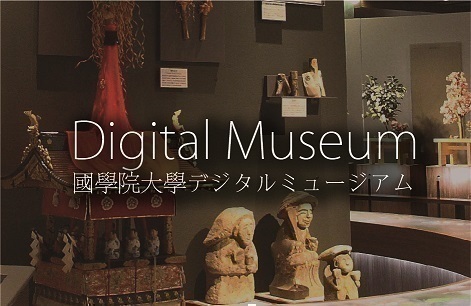- トップ
- Encyclopedia of Shinto
- Goryō shinkō
Encyclopedia of Shinto
| Main Menu: | |
| Links: |
詳細表示 (Complete Article)
| カテゴリー1: | 6. Belief and Practice |
|---|---|
| カテゴリー2: | Folk Religion |
| Title | Goryō shinkō |
| Text | The belief that spiritual beings intimidate society at large with calamity and pestilence and must therefore be appeased in order to restore tranquility and, in turn, to bring about prosperity. To placate and send them away, gatherings known as goryō-e ("meetings with august spirits") were held, typically at irregular and special times, at times of the year when disease and contagion were close at hand. Spirit-appeasement practices were first established at the beginning of the Heian Period. The first written reference to them appears in the 5th year of the Jōgan Era (863), with the entry concerning a goryō-e held in Shinsen Garden in the Heian capital. According to that record, such ceremonies had previously been in that location, but in that year they were made an official event. A particularly virulent contagion had led to the belief that behind it were six vengeful spirits, including that of exiled Prince Sawara (posthumously made Emperor Sudō). Then in the first year of the Tengyō Era (938), a statue of a couple was dedicated on a boulevard in the capital, called alternately Funado-kami and Goryō. The first year of the Tenroku Era (970) saw the beginning of the Gion goryō-e. At the ceremonies held for the Kitano Funaoka goryō-e in the fifth year of the Shōryaku Era (994) and the Murasakino-Imamiya goryō-e in the third year of the Chōho Era (1001), the pestilence god was enshrined, and portable shrines (mikoshi) were made. Despite the diversity among various forms of goryō, they were alike in the respect that once they had begun to manifest their malevolence, they were regarded as restless, wandering spirits, without haven in this world. In that sense, the category does not strictly apply to those gods for whom, from the beginning, rituals had been performed at shrines or to imperial personages who had found provisional rest in royal tombs, even if on occasion they might inflict misfortune. The placation rite at a goryō-e included offerings before the altar to soothe the spirit and the chanting of the Heart Sutra to redirect its vengeful frame of mind to a proper state of "emptiness" (kū). Then there were all varieties of entertainment performances, wherein the emphasis was on involving a large number of people in a collective frenzy of amusement. For goryō-e held in the vicinity of the Heian capital, the spirit was put through a ritual at the water's edge and, at the end, sent on its way, passing by way of the Yodogawa to Naniwa Lagoon. Though the basic principle of the goryō-e was to induce angry spirits lingering in this world to depart in peace, there was for some a secondary pattern, whereby they became objects of worship as permanently consecrated shrine gods (saijin). Typical examples are Gozu-tennō (the ox-headed deva, protector against pestilence), Tenma-tenjin (the god of scholarship and literature), and Emperor Sudō, enshrined at Kamishimo Goryō Shrine. Gozu-tennō and Tenma-tenjin in particular underwent unique developments as Gion shinkō and Tenjin shinkō respectively, but at the same time they also served as a historical transition in the metamorphosis of goryō faith from the first type to the second. It was the latter that characterized the faith beginning in late medieval times; representative of this were Gongorō Kagemasa of Kamakura and, in early-modern times, Sakura Sōgorō and Yanbe Seibee. Strong in personality and will when they were alive, they were regarded as particularly potent spirits of vengeance, but since being enshrined, they have taken on the role of equally powerful guardian deities. As for the tradition of goryō-e observances, the original urban summer festivals, of which the Gion Festival (Gion matsuri) in Kyoto is exemplary, continue to be held. — Yonei Teruyoshi |




